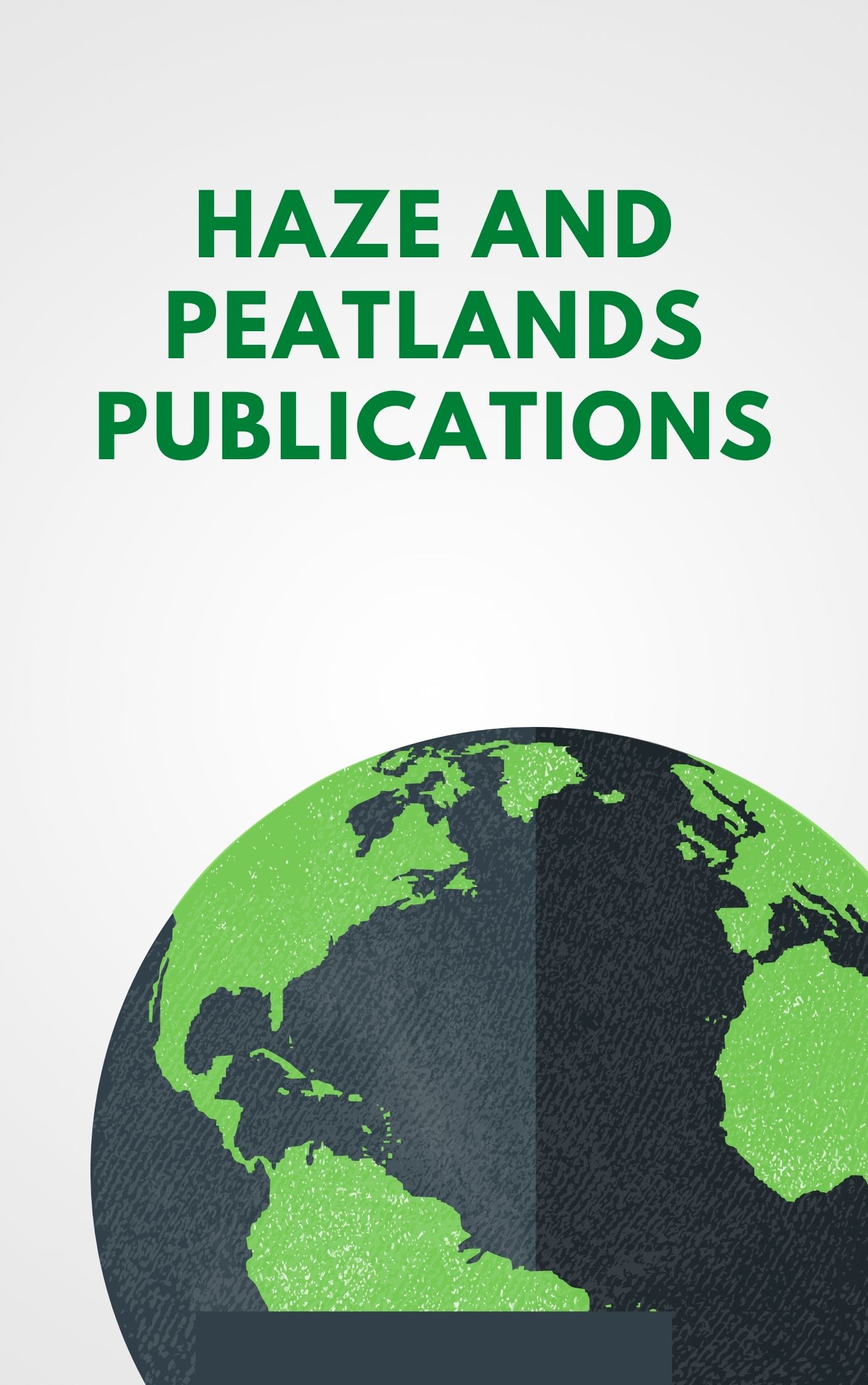The objective of this study was to assess the near- and long-term impact of traditional slash-and-burn agriculture on soil fertility in the village of Kembera, West Kalimantan, Indonesia. Soil fertility is widely viewed as one of the key limits to sustainable production in slash-and-burn agroecosystems. A chronosequence of sites ranging from currently cultivated swiddens to a 28-yr fallow was surveyed. Organic C, cation exchange capacity (CEC), pH, nitrate, extractable basic cations, available and total P, and extractable Al were measured as indicators of soil fertility. Inferred short-term trends point to significantly improved soil fertility conditions after burning in currently cropped swiddens relative to fallows. During the fallow, soil organic C, CEC, nitrate, total P, and extractable basic cations all manifest positive associations with fallow length after 3 to 11 yr of fallow. No declines in soil parameters were detected between plots based on the frequency of past slash-and-burn activity. Therefore, there is no evidence that slash-and-burn agriculture in Kembera has degraded these soil resources. While the results of this study suggest that slash-and-burn agriculture in Kembera has been ecologically sustainable, recent changes in socioeconomic factors influencing farmer's land-use decisions cast doubt upon the future sustainability of this agroecosystem.
View source

